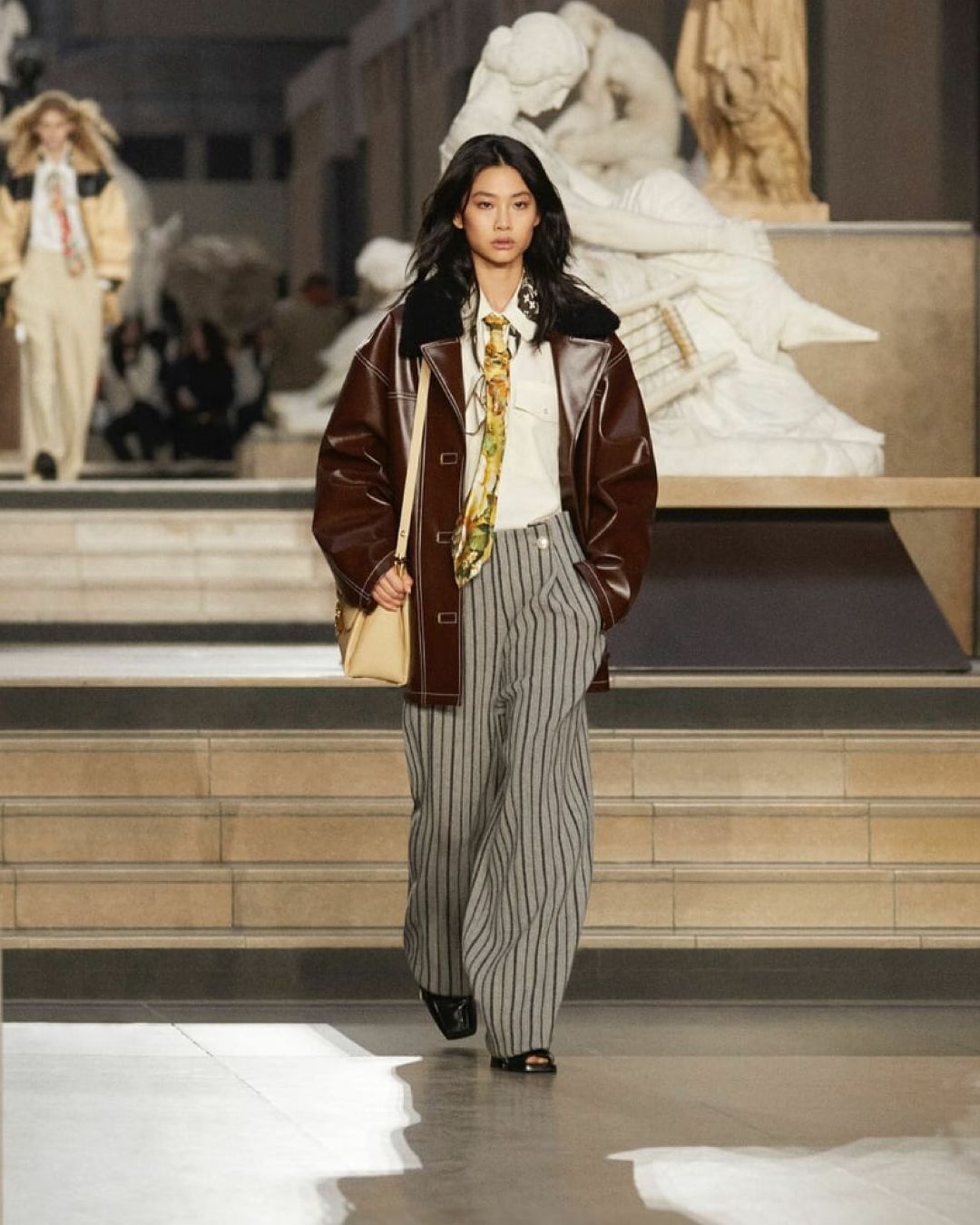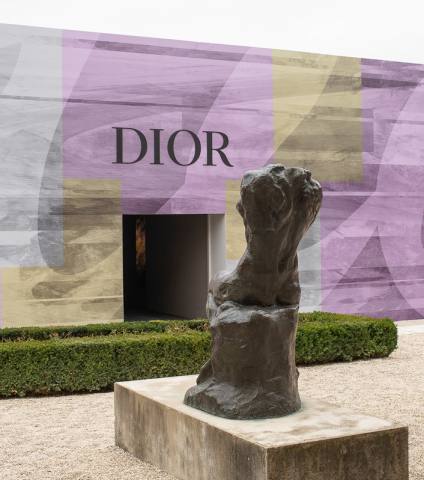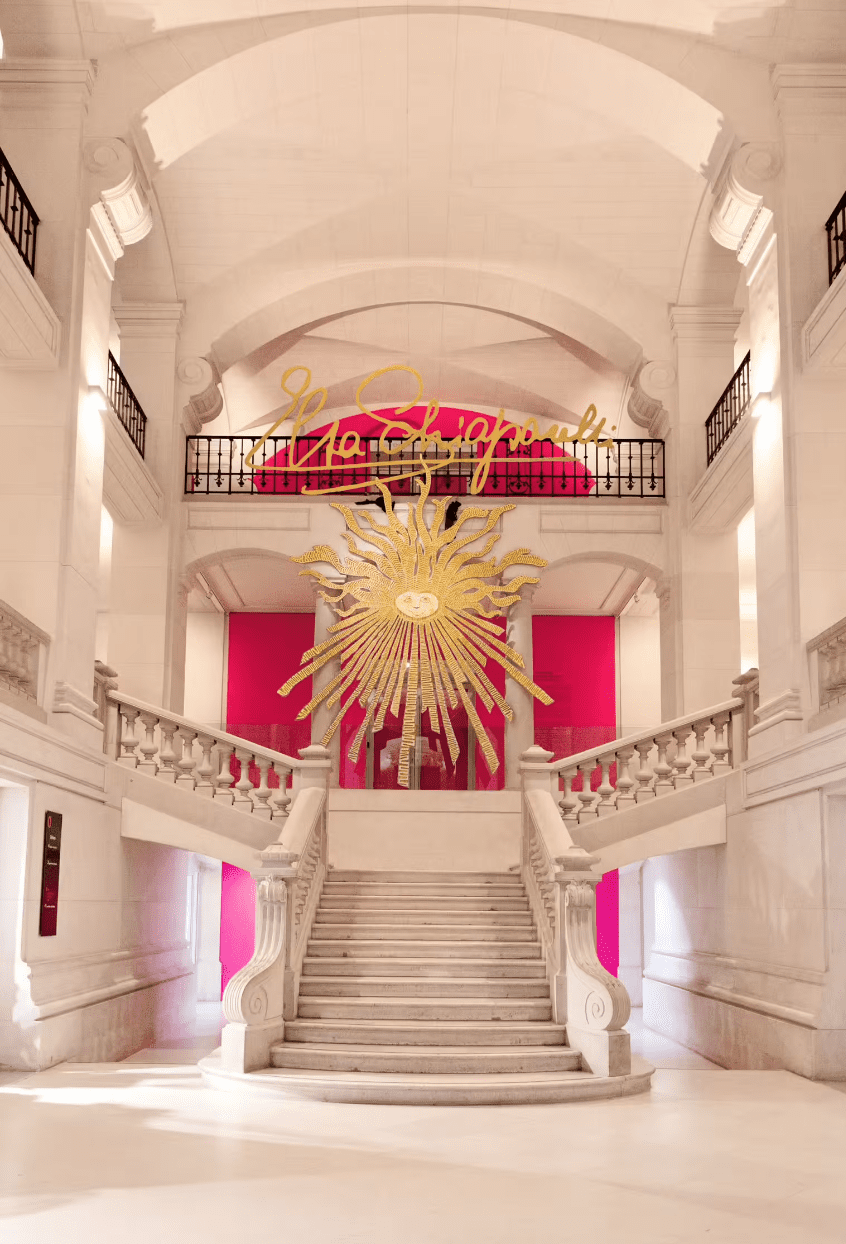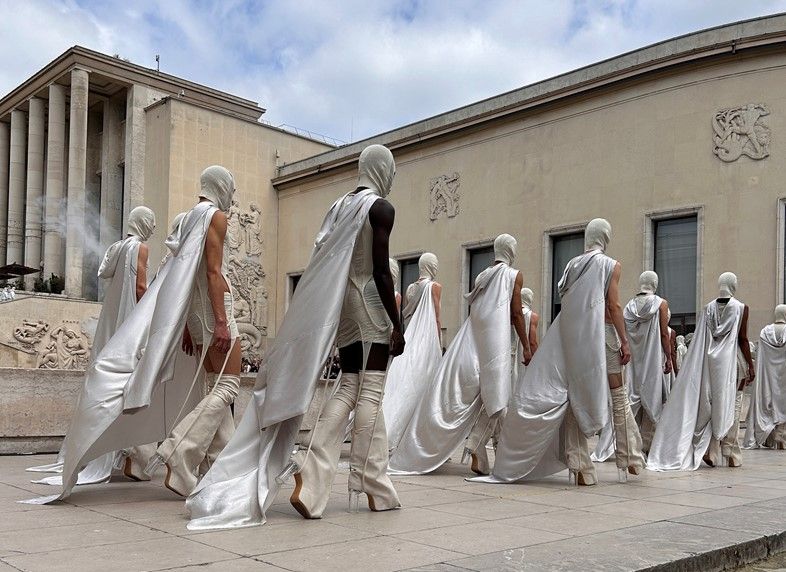
Fashion takes over the Louvre For the first time, the institution will host a fashion exhibition on its premises

The City of Light has struck again and announces a brand new fashion exhibition in a rather unexpected place considering its contents, mainly composed of art in its most classical form: the Louvre Museum. From Egyptian furniture to Italian Renaissance paintings, including some of the most famous historical pieces in the world such as Da Vinci's Mona Lisa and the Venus de Milo, the Louvre houses over 500,000 works of art spread across 72,735 square meters of rooms and galleries. Despite being a French institution located in the heart of the French fashion capital, until now, no fashion exhibition has ever taken place there. The news has spread across Paris and is likely to attract not only fashion enthusiasts excited to witness such an exhibition in a stunning setting but also tourists who frequent the museum and would not miss such an experience for the world.
However, fashion is no stranger to the Louvre. Louis Vuitton, for its FW24 ready-to-wear collection, took over the museum's Cour Carrée to celebrate the 10th anniversary of Nicolas Ghesquière as the artistic director of the house's women's collections. In the spring of 2023, he had already taken over the institution for his show, with a set that was none other than a massive flower-shaped installation, composed of dozens of blood-red panels rising in one of the Louvre’s courtyards: 28 meters high (over 90 feet) at its tallest point and made from approximately 3,900 square meters of ripstop nylon. A few years earlier, it was among the statues that inspired Fornasetti, creator of motifs for the collection, where models showcased the FW21 collection to the public. But Louis Vuitton doesn’t have a monopoly on fashion shows in the world's most visited museum: in February 2024, Ib Kamara presented his second solo collection as the head of Off-White beneath the Place du Carrousel, across from the Louvre Pyramid.
And it is not the only museum chosen by luxury fashion houses to showcase their collections. Last June, Dior presented its Haute Couture FW24 collection in the heart of the sculpture garden at the Rodin Museum. Schiaparelli, on the other hand, took advantage of the opening of its exhibition Shocking! The Surreal Worlds of Elsa Schiaparelli at the Museum of Decorative Arts in Paris to present its Haute Couture FW22 collection. Chanel had set its sights on the Palais Galliera as the venue for its Haute Couture FW21 collection, and more recently, Rick Owens took over the Palais de Tokyo for SS25, a place dear and familiar to him as he had already presented his SS24 and SS18 collections there.
Thus, Parisian museums are not entirely unfamiliar with fashion shows and exhibitions, but this is the first time that fashion in its broad sense has been chosen by the Louvre as the theme of one of its temporary exhibitions. Although the title of the exhibition, which will open its doors on January 24, 2025, remains a mystery, we already know that the exhibition will focus on the relationship between art and fashion, featuring 65 outfits and 30 accessories created by 40 different designers, including Karl Lagerfeld and Yohji Yamamoto. The pieces will span from the Byzantine era to the French Second Empire, yet still inspire designers worldwide today. Perhaps this is the first in a long series of fashion exhibitions at the heart of the Louvre, especially considering the richness of French culture in this field and the countless designers, both historical and emerging, who shape and sustain France’s fashion legacy.
















































